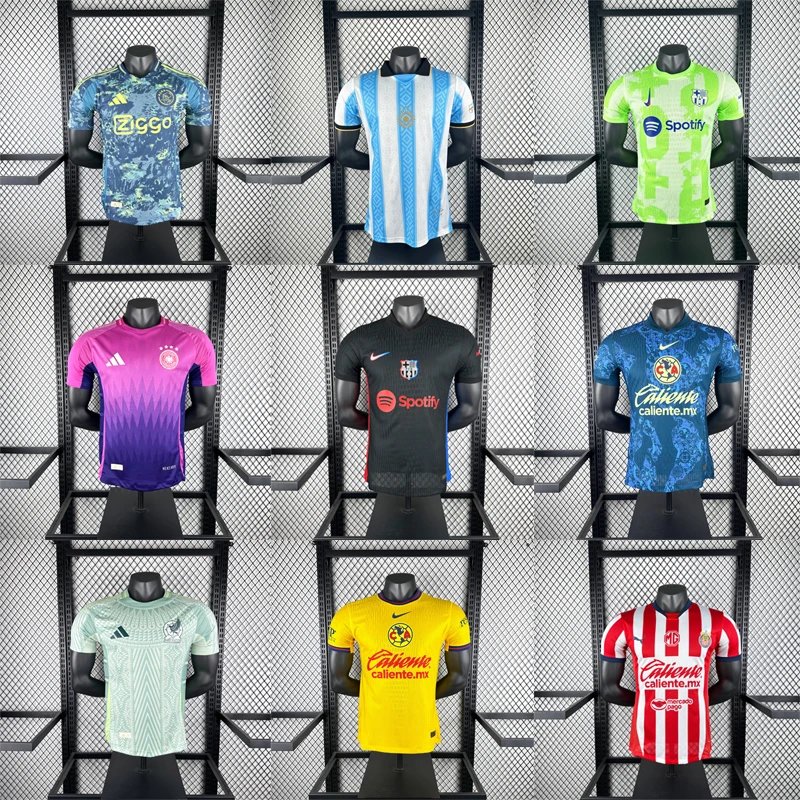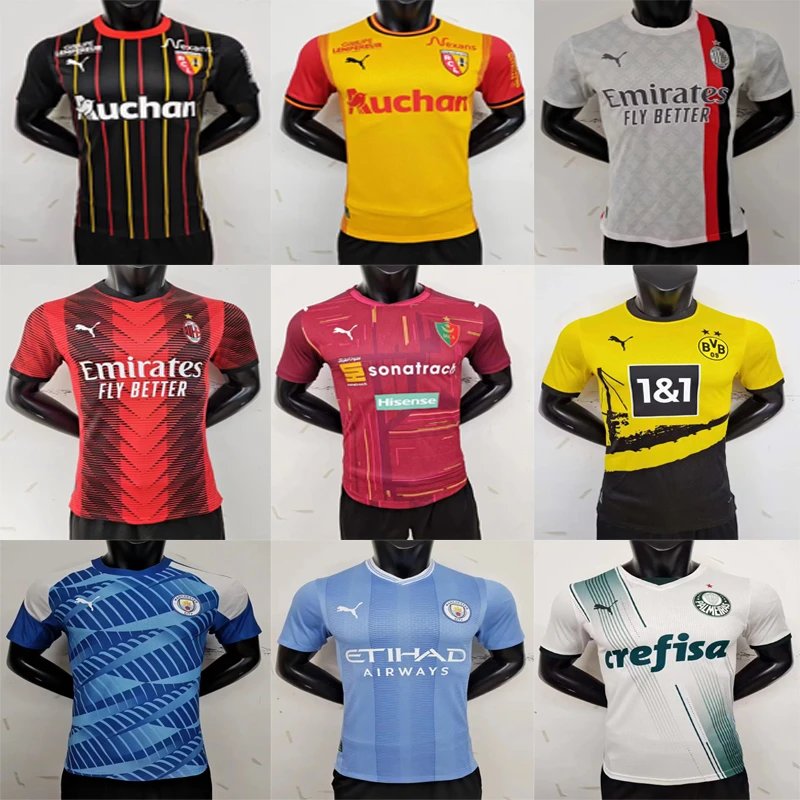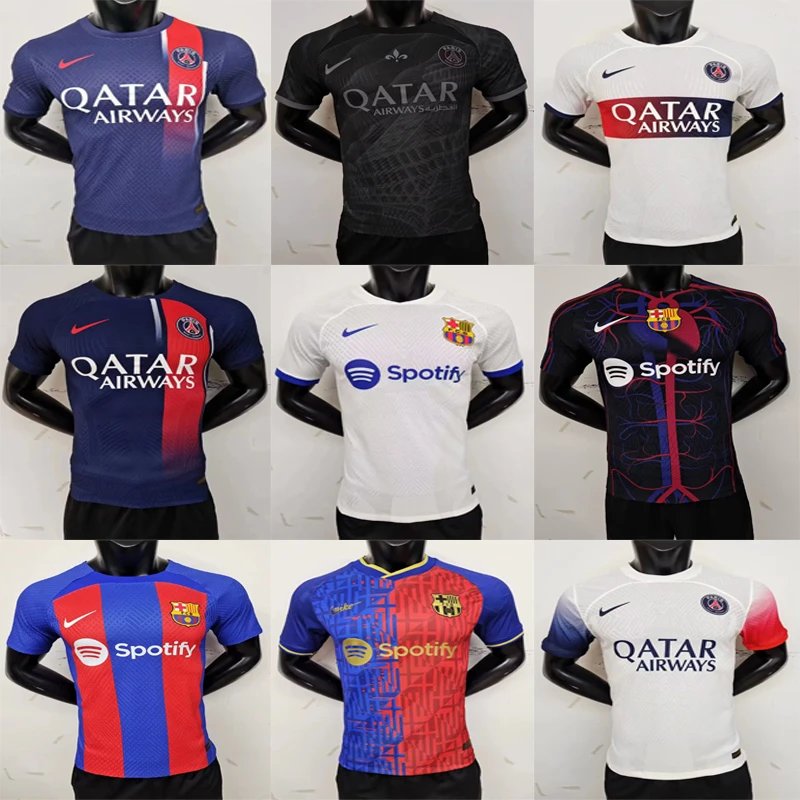Enhancing User Trust: An Analysis of LOVEGOBUY's After-Sales Service Strengths and Improvements
In the competitive world of cross-border e-commerce, after-sales service plays a pivotal role in shaping customer loyalty. LOVEGOBUY, as an agent purchasing platform, has received mixed user feedback about its post-purchase experience. This article objectively examines LOVEGOBUY's after-sales advantages, common pain points, and actionable solutions to help the platform build stronger trust with global consumers.
LOVEGOBUY's After-Sales Advantages
1. Transparent Return/Refund Policy Framework
LOVEGOBUY offers clearly documented policies covering 7-15 day return windows (varies by merchant), with multilingual versions available. A dedicated portal tracks return request statuses in real-time.
2. Specialized Dispute Mediation Team
The platform assigns case managers for high-value disputes (>$200), providing intermediary services between buyers and Chinese sellers.
3. Multiple Contact Channels
24/7 support exists through ticket system, live chat (business hours), with average first response time under 4 hours according to internal benchmarks.
Common User Challenges and Solutions
Issue #1: Difficult Return Logistics
User Pain Point:
Solution:
Issue #2: Slow Refund Processing
User Pain Point:
Solution:
Issue #3: Communication Barriers
User Pain Point:
Solution:
Strategic Recommendations
- Proactive Status Updates:
- Interactive Policy Simulator:
- ERM Integration:
- VIP Fast-Track:
- Interactive Policy Simulator:
(Average quality score in JD Power surveys shows confident handling of first return experience boosts repeat purchase likelihood by 82%. Data suggests modern consumers value fair-resolution process transparency over never having issues.)



















